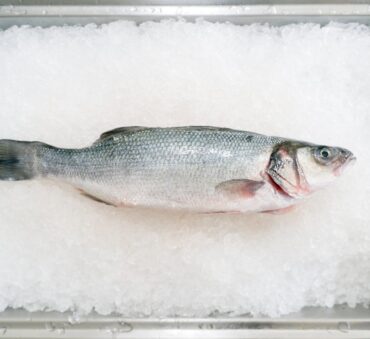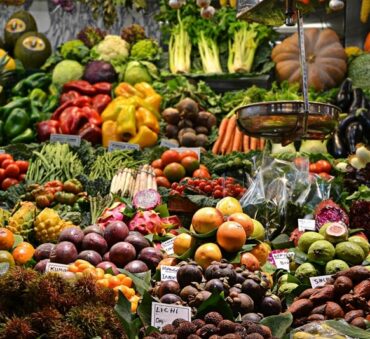Food waste is not only an environmental and economic concern but also a social one, making food waste reduction efforts a high priority in our strive toward sustainability. But to make a large-scale change, we must understand why approximately 133 billion pounds of waste are generated in the U.S. every single year.
While there are multiple causes, consumer buying habits are a large contributor to waste, with overconsumption leading to overproduction of food waste throughout the supply chain, from manufacturing to our own households.
To better understand why waste is generated and what we can do to reduce it, we must explore the connection between consumer shopping habits, overproduction, and food waste.
Key Takeaways
- Overconsumption is a multifaceted issue that involves consumer purchasing habits, with various societal, marketing, and psychological factors leading many people to buy more food than they can consume.
- Overproduction is a response to market demand, driven by strict grading and sorting processes, marketing strategies, and the drive of food producers and retailers to meet consumer preferences.
- Overconsumption and food waste are closely connected, leading to severe environmental, economic, and social implications, including excess landfill use, the production of methane emissions, higher production and distribution costs, and fewer resources available for those in need.
- Shopping environments use various strategies to encourage overconsumption, including marketing strategies, special deals, and the careful design of store layouts.
Defining Overconsumption and Overproduction
So, what is the overconsumption of food? Overproduction?
Overconsumption refers to the excessive consumption of food beyond what is necessary or required. Overproduction, on the other hand, is the excessive production of food beyond what is demanded or needed by customers.
In the context of food waste, both overconsumption and overproduction lead to discarded or unused food, causing environmental, economic, and social consequences. As we’ll see below, overconsumption and overproduction are deeply intertwined, with consumer behavior leading to surplus food waste.
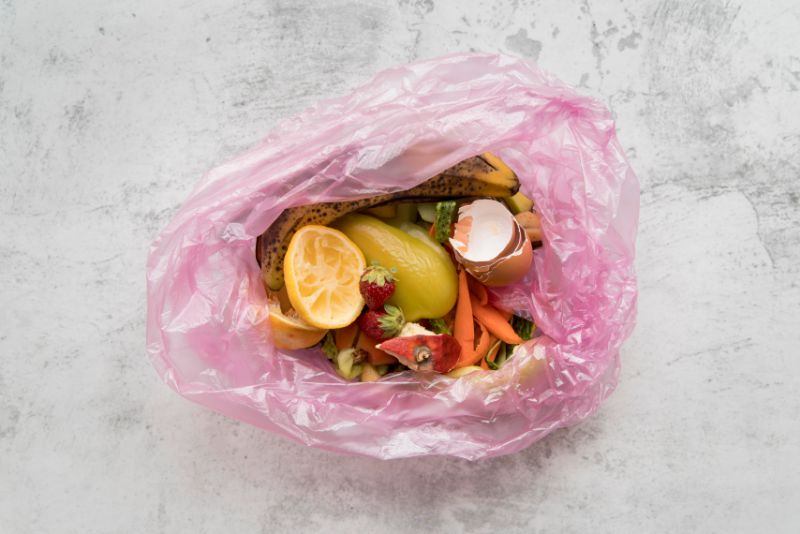
What Does Overconsumption Really Mean?
The word “overconsumption” is often used in reference to the amount of food individuals eat. However, overconsumption also refers to consumer purchasing habits, with many people buying more food than they can consume. There are multiple underlying causes of overpurchasing, including various societal, marketing, and psychological factors.
From a societal standpoint, individuals may overconsume to meet certain social expectations. For instance, you may purchase more than necessary when you’re at a social gathering or hosting others, driven by the notion that having more is seen in a positive light.
Marketing strategies also play a big role in how people perceive food, leading to large amounts of food waste at the household and retailer levels. For example, food waste in restaurants is often due to large portion sizes or deals that encourage consumers to buy more than necessary. Food waste in supermarkets, on the other hand, is due to strategic marketing techniques such as promotions, bulk discounts, and overstocking shelves with visually appealing displays.
That said, societal pressure, marketing strategies, and our own thoughts and feelings regarding food all play a role in the psychological factors behind food waste. Emotional triggers, which can be persuaded by retail techniques, are one of the psychological causes of overconsumption. Being concerned with the availability or access to food, otherwise known as having a scarcity mindset, can also lead individuals to over-purchase to feel more secure.
Recognizing the underlying reasons and patterns behind surplus food waste is the first step towards change, helping to shift consumers’ perceptions of what it means to consume food responsibly.
Overproduction: A Response to Market Demand
Overproduction is driven by the attempt to meet perceived customer demand, making it a serious issue in the food industry. To cater to changing consumer preferences, food producers and retailers often produce more than is required to improve customer satisfaction, leading to surplus food waste.
There are many ways that this can be seen throughout the supply chain. For instance, a restaurant may overestimate demand, causing them to prepare food that is never sold; a cafe may bake more goods than required to offer clients a wider selection of products; and farmers may overproduce seasonal produce, causing excess inventory to go to waste.
One of the drivers behind the overproduction of food waste is strict grading and sorting processes. As we’ll discuss below, the expectation for perfect produce is a large contributor to food waste. Producers often produce more than required to meet high aesthetic expectations, throwing away produce with blemishes or imperfections.
At the retail level, stores often overstock their shelves with perishable items to drive marketing strategies. All these factors lead to significant waste, which has long-term effects on the environment, economy, and society.
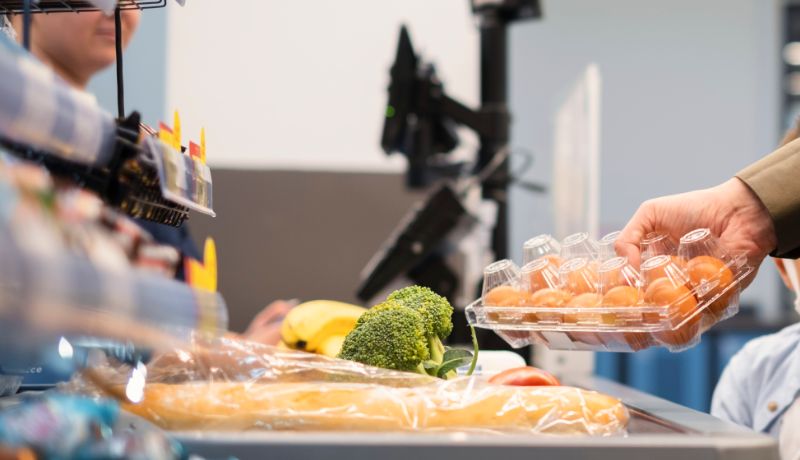
The Ripple Effects of Overconsumption on Food Waste
Reducing overconsumption also means minimizing the negative consequences of it, which is a crucial step in creating more sustainable solutions. Keep reading to learn how the overconsumption and overproduction of food waste are affecting the environment, economy, and society, making it a multifaceted problem that needs to be addressed.
Environmental Consequences of Excess Food Production
How could overconsumption of food be bad for the environment?
As mentioned, overconsumption at the consumer level leads supermarkets and retailers to order more stock than required, putting an unnecessary strain on agricultural and food production systems.
This causes overproduction at the manufacturing level, which not only wastes food but also wastes the water, land, and labor required to produce it. Aside from resource depletion, food waste increases carbon emissions and impacts biodiversity. In addition, food waste in landfills produces methane emissions, a powerful greenhouse gas that contributes to global warming.
These environmental impacts are a direct consequence of overproduction, overconsumption, and food waste. That said, what starts in a consumer’s shopping cart has a direct impact on how retailers and manufacturers manage food, creating a cycle of waste throughout the supply chain.
This shows the power of individual choices, with consumer behavior leaving a large environmental footprint and playing a significant role in our planet’s health. To create a more sustainable future, every person and business throughout the supply chain must change their behavior regarding food, which starts by becoming more aware of the effects of overconsumption and overproduction.
Economic and Social Effects
In the United States, the economic impact of food waste is large, costing an estimated $218 billion, or 1.3% of GDP, annually. This affects households and businesses alike, causing financial instability in the agricultural sector, higher production and distribution costs, and increased prices for consumers.
The cycle of overproduction and food waste not only represents a financial drain on the economy but also deepens the divide between abundance and necessity in society. Why?
Because in the United States, 44 million people face food insecurity, with 100% of U.S. counties affected by hunger. These shocking statistics show the dire need to change our consumption habits, educate ourselves on how to stop the overconsumption of food, and start working towards reducing food insecurity in our neighborhoods.
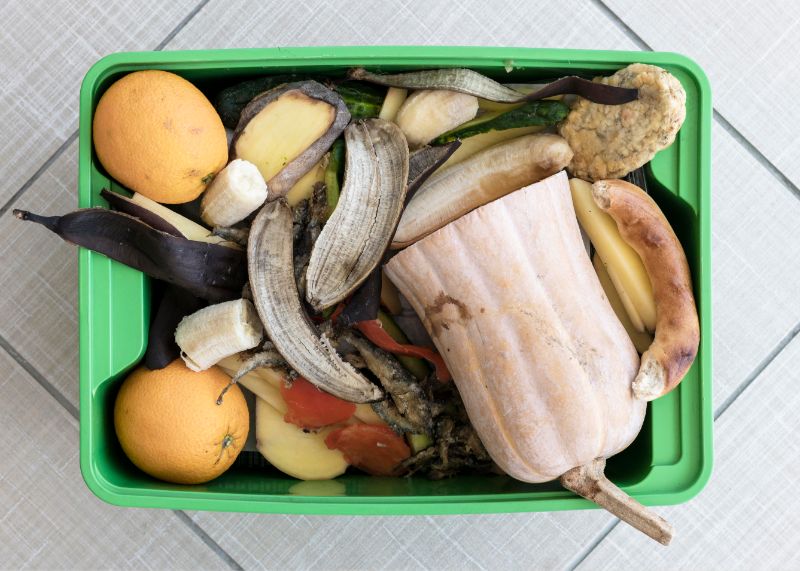
How Do Overconsumption & Overproduction Cause Food Waste?
There are multiple causes of overconsumption and overproduction, with both consumer behavior and policies contributing to the issue. As we’ll see below, food waste is a complex issue that requires awareness and active change in various areas.
Consumer Culture and the Allure of Choice
As explored above, overconsumption is due to various societal, marketing, and psychological factors, creating a culture that prioritizes abundance and variety. Our shopping environments also enforce this mindset, using various strategies to encourage consumers to purchase more, including marketing strategies, special deals, and the careful design of store layouts.
For instance, retailers may place products in areas that make them more visible to trigger impulse purchases, such as the entrance and checkout. They may also use alluring packaging and displays, appeal to all five senses, or strategically place complementary items together to encourage cross-selling.
All these mechanisms encourage overconsumption and, therefore, contribute to surplus food waste. To create more sustainable shopping habits, both retailers and consumers must do their part to change their mindset regarding food, which in turn will reduce overproduction at the manufacturing level.
Misunderstandings Around Expiration Dates
Many consumers misinterpret expiration dates due to confusion over “best before,” “sell by,” and “use by” dates. This confusion is sparked by the lack of regulations regarding product dating, causing manufacturers to create their own system and guidelines when creating food labels.
What many consumers don’t know is that dates are not an indicator of the product’s safety and are not required by Federal law, except for infant formula. However, many consumers misinterpret these labels as safety indicators, leading to the premature disposal of food that is still safe to consume.
To reduce waste associated with food labels, consumers should pay attention to the expiration dates to reduce food waste, educate themselves on what each label means, and better understand how to check for spoilage before discarding products.
The Expectation for Perfect Produce
One of the factors that fuels the cycle of overconsumption and overproduction is consumer preference for aesthetically appealing fruits and vegetables. To meet market expectations, strict grading and sorting processes are performed, leading many retailers to order more produce than needed with the anticipation that a portion will not meet visual criteria.
This anticipation of waste leads to overproduction at the agricultural level, as farmers are pressured to grow surplus food to ensure enough produce is deemed ‘sellable’ by retailers. So much so that farmers leave up to 30% of their produce in the field because it isn’t aesthetically pleasing enough to pick and sell.
The large amounts of ugly fruits and vegetables being discarded before ever reaching consumers demonstrates the necessity of changing consumer expectations. It also opens the opportunity to improve donation efforts as a way of diverting food from landfills and addressing the food insecurity crisis.
Policy and Agricultural Practices
Unfortunately, agricultural policies and subsidies have a large impact on overproduction and agricultural waste. Why?
Because subsidies often incentivize farmers to produce more crops than required, leading to overproduction and increased waste. As a result, subsidies discourage innovation, meaning farmers are less likely to adopt new technologies and approaches.
Waste is also produced due to the large disconnect between policies and actual consumption needs. Since some subsidies incentivize the production of crops that offer limited nutritional value, there’s a large gap between what is produced and what is actually needed.
Overall, policies have the power to make a big impact on waste reduction efforts, but reformed policies could better balance production with genuine consumption needs. This includes subsidies that encourage the production of nutrient-rich foods and investments in infrastructure.
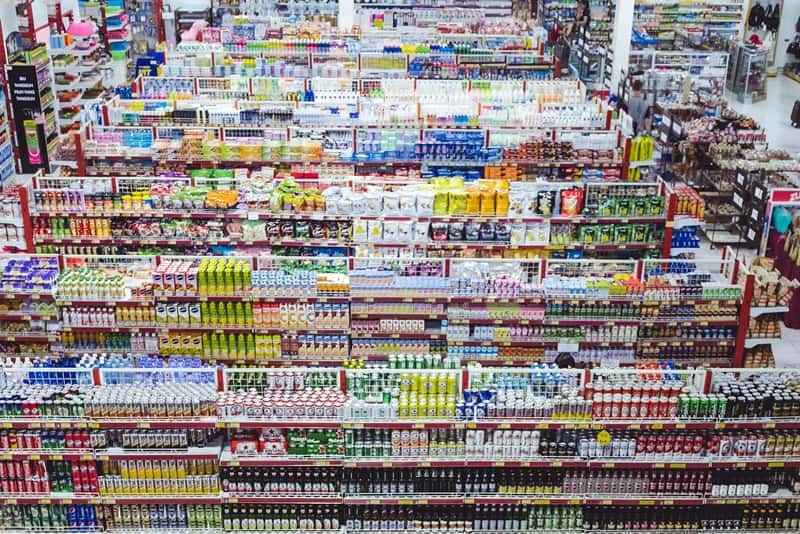
Strategies for Change
So, how to stop the overconsumption of food?
To address overconsumption and overproduction, there needs to be a change in consumer behavior, the adoption of innovative technology in various production processes, and changes in agricultural policies.
Addressing Overconsumption at the Source
Reducing overconsumption at the source is a huge step towards more sustainable practices. There are multiple strategies that consumers can use to avoid overpurchasing, including creating shopping lists based on meal planning, understanding food labels, and resisting marketing pressures.
Consumers can also take certain measures to improve household food management, such as improving storage techniques, being more aware of serving sizes, and repurposing ingredients when possible. Households can also partake in waste management strategies for unavoidable food waste, such as at-home composting or getting involved in community recycling initiatives.
Revamping Production and Policy Frameworks
Using AI for food waste management has emerged as an innovative approach in the food production and retail industries. Through real-time monitoring, predictive analytics, and AI-driven systems, businesses can improve their demand forecasting, waste tracking, and supply chain management. These systems help align food production more closely with actual consumption patterns, therefore minimizing surplus food waste.
Adopting a circular economy is another approach that businesses can use to keep natural resources in circulation. By fighting food waste with a circular economy, businesses can ensure that resources are fully utilized while potentially generating a new revenue stream from repurposed products.
And as mentioned, changes in agricultural policies and subsidies can help promote more sustainable practices, therefore reducing waste throughout the supply chain.
The Bottom Line
Overconsumption, overproduction, and surplus food waste are all deeply connected, making it a critical issue that must be addressed. While many changes must be made to fight overconsumption and food waste, one of the ways that businesses can make a difference is by collaborating with food waste management companies.
At Shapiro, we provide comprehensive waste management services to help businesses create sustainable solutions to commercial food waste recycling and disposal solutions. We’ll work with you to reduce your business’ environmental footprint, creating a tailored solution that meets your specific needs.
If you’re interested in learning more about our waste management solutions, contact us today.
Baily Ramsey, an accomplished marketing specialist, brings a unique blend of anthropological insight and marketing finesse to the digital landscape. Specializing in educational content creation, she creates content for various industries, with a particular interest in environmental initiatives.


